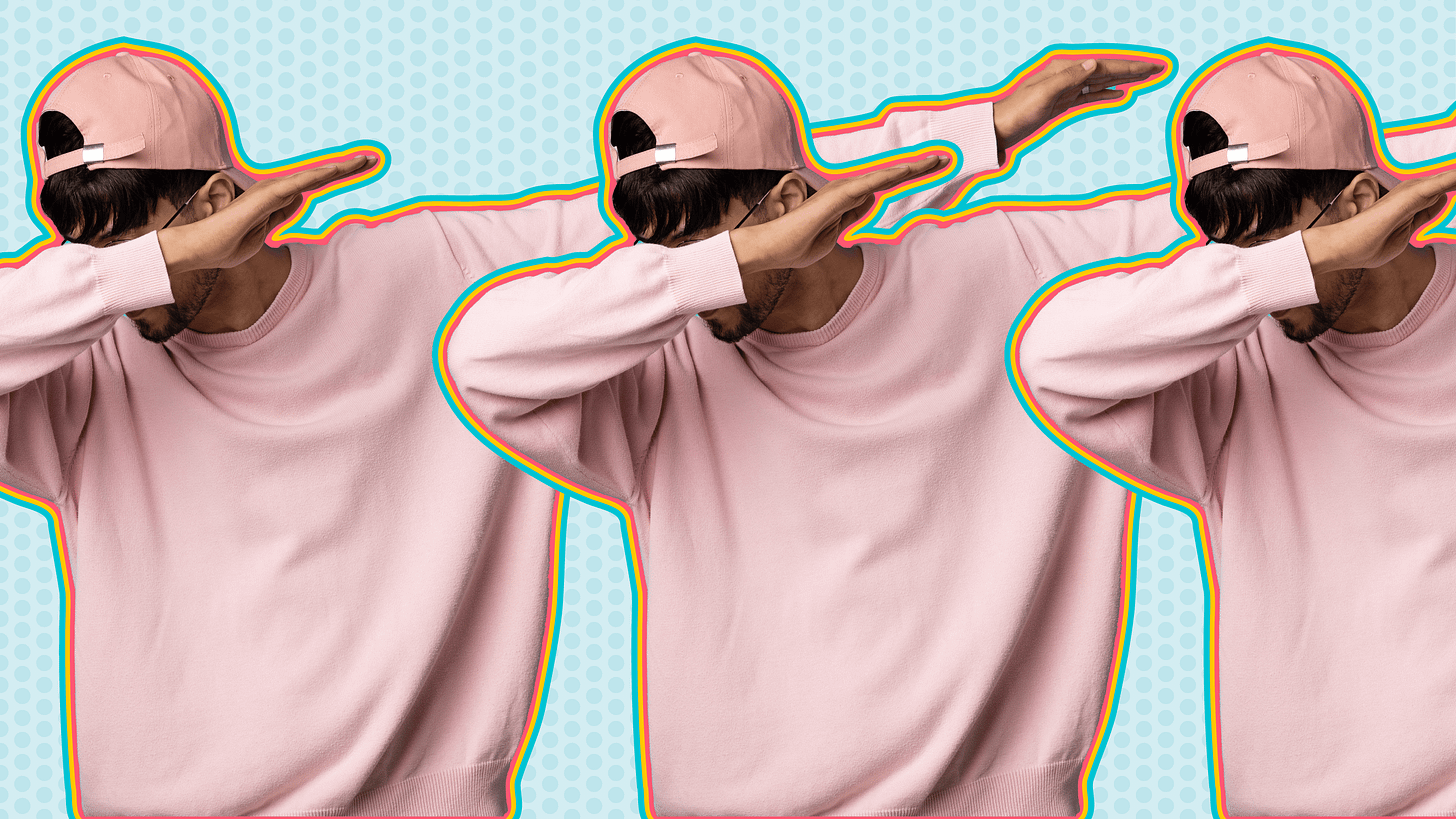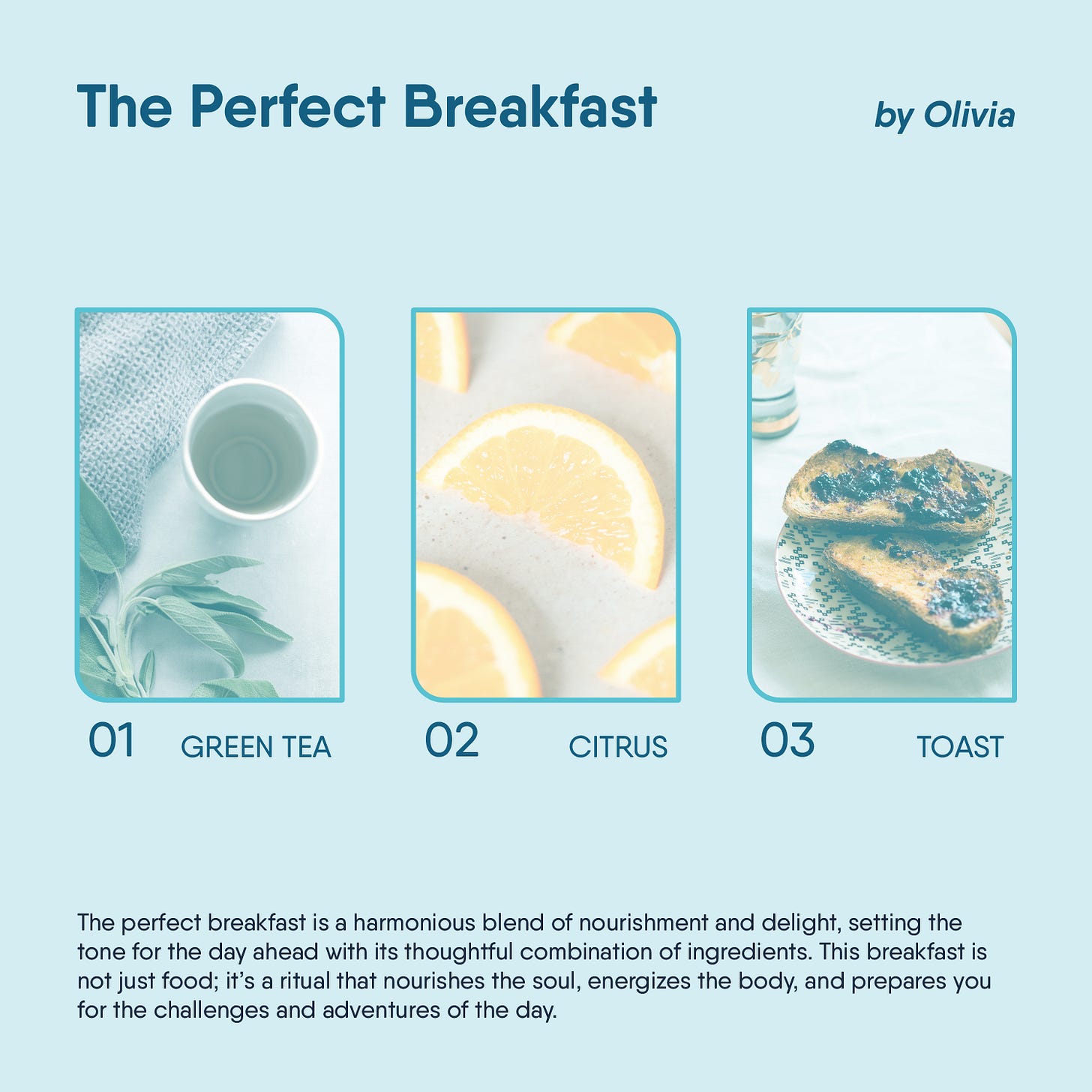Trending but True
How to Stay On Brand While Being On-Trend
Approximate read time: 3 minutes
TL;DR: Trends can help your brand stay relevant and visible, but blindly following them can dilute your identity. To use trends effectively, evaluate whether they align with your brand’s values, customize them to fit your unique style, and maintain consistency with your existing brand elements. Visual examples show how Olive Ridley Studios adapted popular styles while staying true to its branding, demonstrating how small tweaks in color, fonts, and design can make trends work for you—not the other way around.
Trends are a double-edged sword in the branding world. They can boost your brand's visibility, but they can also lead you down a path where you start to lose what makes your brand unique. For small business owners aiming to make an impact, the trick is finding that sweet spot where you can adopt what's popular—without letting your brand blend into the background.
Why Trends Matter (But Shouldn't Define You)
Trends aren't inherently bad. They grab attention, especially if you're competing on social platforms where everyone's vying for that coveted double-tap or the magical "Subscribe" button. Being part of the IYKYK (if you know, you know) crowd can even provide a sense of community at times. But hopping onto every trend without a filter is a surefire way to muddy your message and make your brand look inconsistent. The goal is to balance being relevant with staying recognizable.
Practical Steps for Small Business Owners
From a branding perspective, you should always adapt a trend to your brand. Here are our top 3 tips on how:
Evaluate the Trend: Before diving in, ask yourself whether the trend aligns with your brand's values and message. Will your audience connect with this, or are you just chasing clicks?
Customize Thoughtfully: Adapt the trend to fit your brand's aesthetics. Use your established color schemes, fonts, imagery, and voice to make it your own.
Maintain Consistency: Ensure that any new elements harmonize with your existing brand assets to avoid confusing your audience.
Takeaway: When adapting trends, focus on elements that will naturally align with your brand's established colors, fonts, and overall tone. That way, the trend becomes an extension of your brand, not a distraction.
Real-world, Visual Examples
The first example below is based on very real advice we've seen floating around the internet. Well-meaning "content gurus" have recommended using red and black text for the hook at the beginning of your Instagram reel for more views. For YouTube, they've said your thumbnail needs to use a specific style (like the example below), again using mostly black and red if you want to increase clicks and views.
This type of advice overlooks a key component of marketing: It's impossible to stand out when you look like everyone else. It also does nothing to build brand recognition. In fact, if red and black aren't part of your brand's color palette, following the guru's advice will actually harm your brand's recognizability.
That's why we recommend adapting trends (and advice) to fit your brand, as we've done below.
Example 1
Original Trending Style (YouTube thumbnail image)
Trending Style with Olive Ridley Studios' Brand Applied
Changes made:
Brand colors and fonts applied
Headshot stylized to match brand guidelines
Removed graphic elements that didn't match our brand
Added ORS brand-specific graphic elements
Example 2
Original Trending Style (Instagram quote)
Trending Style with Olive Ridley Studios' Brand Applied
Changes made:
Replaced the grainy background with a solid color
Brand colors and fonts applied
Replaced the templated oval with a brand-specific oval around the quote credit
Example 3
Original Trending Style (beige and earthy colors with serif typography)
Trending Style with Olive Ridley Studios' Brand Applied
Changes made:
Brand colors and fonts applied
Images replaced and stylized to fit our brand guidelines
*Note: We focused only on the visual elements of this post, but when using templated text, you should also make any necessary edits to keep the language on brand.
Closing Thoughts:
Not all trends can be adapted to fit your brand. Staying relevant is important, but only if it doesn't harm your brand recognition. Consider your brand goals, values, and personality when deciding whether a trend suits your brand.
Ready to make trends work for you—not the other way around?
We've got you covered if you need help managing your brand and making design-related decisions. Book a Brand Management on Demand session anytime to spend an hour working through your branding woes with our founder.
Or, if you need to take a step back and figure out your brand strategy, we can help with that, too. Dive into our Build Your Own Brand Strategy Workbook and get ready for the brand clarity you've been searching for.









